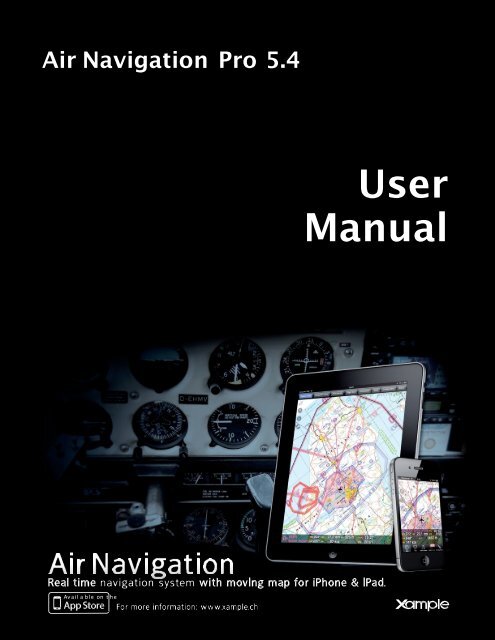
The start point is likely to be an entry cylinder or exit cylinder around a waypoint. In the elapsed time there is still a start cylinder but you can cross that point and start when you like, then get to goal as fast as possible.

In a race everyone has time to get to the start cylinder and the start opens at a specific time everyone then gets to goal as quickly as possible. The task will probably be a race to goal or an elapsed time to goal.

Everyone starts entering the task and the air fills with the sound of beeping instruments. Normally the Launch opening and start gate opening times are decided at the end of the briefing. The task board will show the waypoints and goal for the day. our idea is to reduce all of the stress that can build up. Often it is provisionally written-up on the task board before the briefing. When everyone is on the hill a briefing is called to discuss the day's task. The meet director will transmit every so often before the start window opens so you should hear it, if you don't then maybe you have not changed your radio from the retrieve frequency? Check your radio before the window opens, Please. Delete the previous days track log and check the gps is recording. Bundle the glider up and check the instruments work.

If the conditions look flyable then get yourself a space, get your glider and instruments prepared. This seems strange to newcomers but its a good plan. Please try to get there as quickly as possible moving 120 people around without losing someone is challenging enough.Īs soon as people arrive on the hill they get their kit ready. Soon after the briefing, if it looks flyable, the whole shebang moves to the launch site. If you have any queries then see the scorer as early as possible. Be ready with your instrument on and all of your instrument cleared of waypoints.Įvery day you are advised to check your scores from the previous day some time before the morning briefing. Also you get your pilot number uploaded to your instrument to aid the scoring later on. Even if the waypoints are on the web and you have a copy loaded into your instrument, its still best you get a new set, in case you have the wrong set or there are new ones. Next you get plugged in to the computer and are given the waypoints for the competition. On the day before the competition you'll register you check the details that we have for you, we check your details, experience, insurance etc. On this page I'll try to briefly explain how the competition works, what gps units are available and some of the principles of using them. I will try to explain the various types used in the paragliding world with the major interest for competition use, though they are also extremely useful for cross country flying. A GPS (Global Positioning System) is a requirement for the competition.


 0 kommentar(er)
0 kommentar(er)
